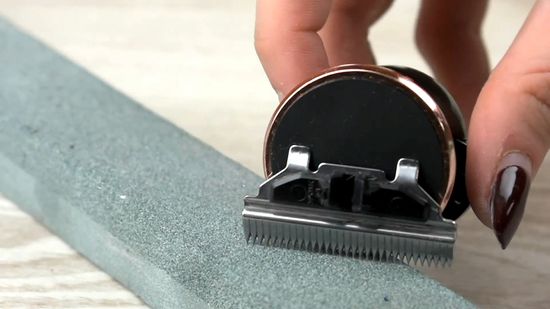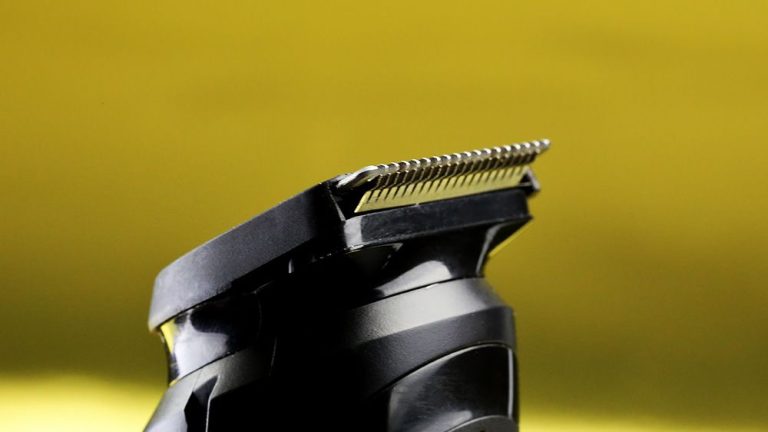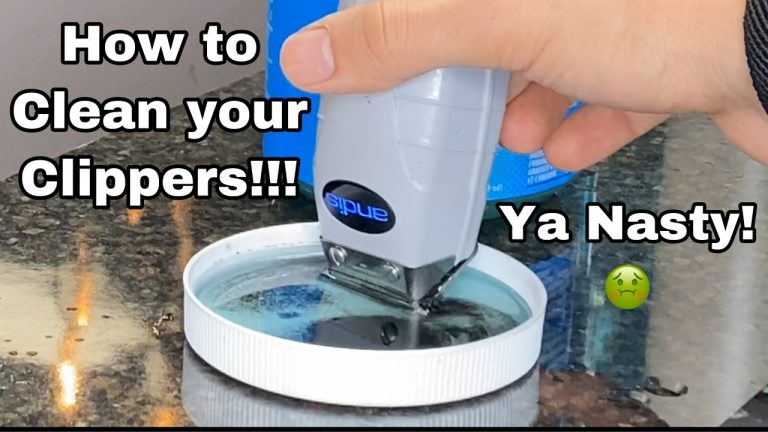How to Fix a Razor Electric Scooter E300: A Step-by-Step Guide
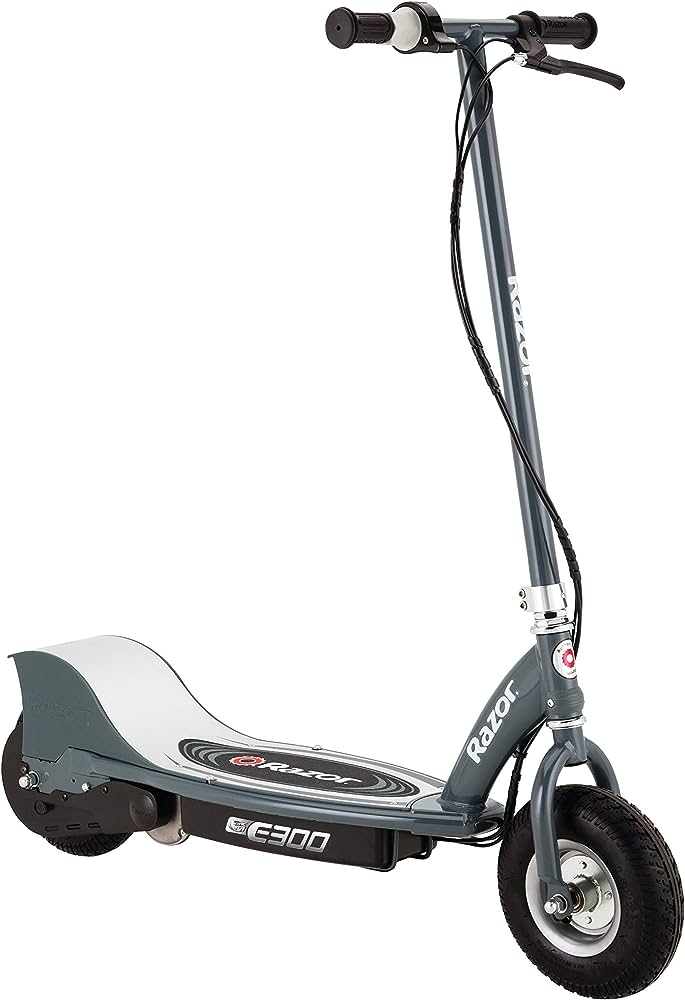
To fix a Razor Electric Scooter E300, check the battery and wiring connections. Replace any damaged parts as needed.
The Razor Electric Scooter E300 is a popular choice for both kids and adults, thanks to its durability and performance. Over time, like any electric scooter, it may experience issues that require troubleshooting and repairs. Common problems include battery failures, loose wiring, and worn-out parts.
Addressing these issues promptly ensures the scooter remains in good working condition. Basic maintenance, such as checking connections and replacing faulty components, can often resolve many problems. This guide will help you identify and fix the most common issues with the Razor Electric Scooter E300, keeping your ride smooth and enjoyable.
Introduction To Razor E300 Troubleshooting
Electric scooters often face issues. Batteries may not charge properly. Motors can wear out over time. Loose connections are common. Brakes might not work well. Tires can go flat. Each problem needs a specific fix. Knowing the issues helps in quick repairs. Always check the scooter before rides. Regular maintenance is key. This ensures a smooth ride.
Always wear protective gloves and safety goggles. Work in a well-lit area. Ensure the scooter is off before repairs. Disconnect the battery to avoid shocks. Keep tools organized nearby. Read the manual for guidance. Follow safety guidelines strictly. Avoid working near water. Take breaks if needed. Safety first!
Battery And Charging Faults
The scooter won’t start. The battery may be weak or dead. The scooter runs but stops quickly. This means the battery can’t hold a charge. The battery may leak or swell. This is a danger sign.
First, check the charger. Make sure it works. Use a multimeter to test it. Next, inspect the battery. Look for damage or leaks. Replace it if needed. Clean the terminals. Use a wire brush. Ensure all connections are tight. Finally, charge the battery fully. It should take about 8 hours.
Motor And Power Issues
First, ensure the scooter is off. Check all the connections. Loose wires can cause motor issues. Use a multimeter to test the battery voltage. It should be around 24V. If the voltage is low, the battery might be the problem. Inspect the motor for any visible damage. Strange noises indicate internal issues.
Disconnect the battery before starting. Remove the motor cover. Carefully take out the old motor. Install the new motor by following the reverse steps. Ensure all connections are tight. Test the scooter to ensure the motor runs smoothly. If the motor still does not work, consult a professional. Always use genuine Razor parts.
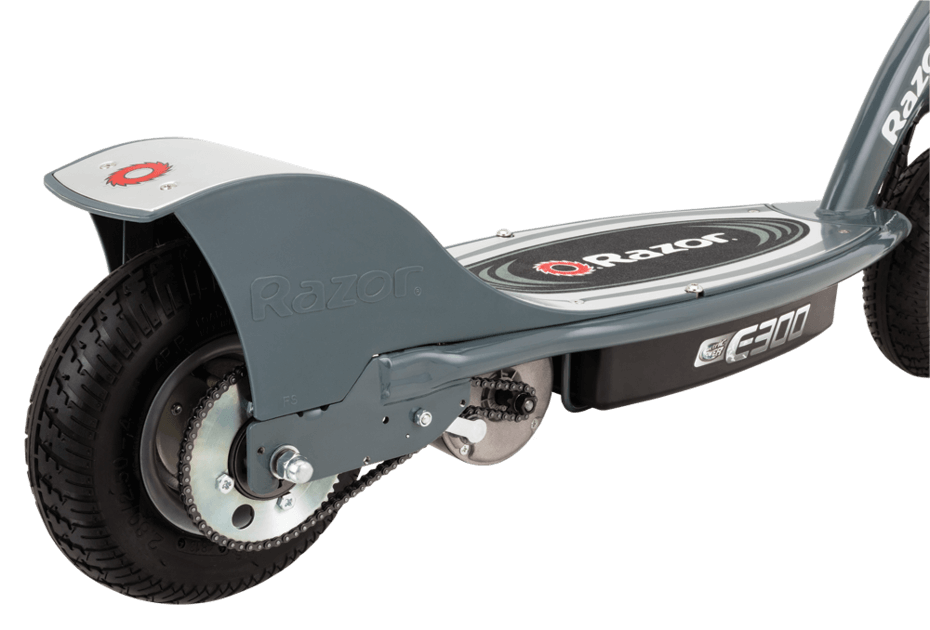
Credit: razor.com
Tackling Throttle And Speed Controller Glitches
Start by checking the throttle connections. Make sure all wires are secure. Loose wires can cause issues. Inspect the throttle handle for physical damage. If damaged, it needs replacement. Test the throttle by engaging it. The scooter should respond smoothly. If not, there may be a deeper issue. A multimeter can check for proper voltage. Low voltage indicates a faulty throttle.
Check the speed controller connections. Ensure all plugs are tight. Loose connections can disrupt function. Inspect the controller for burn marks. Burn marks indicate overheating. Overheating means the controller is bad. Use a multimeter to test output. Correct voltage means the controller works. Incorrect voltage means replacement is needed.
Chain And Sprocket Maintenance
First, make sure the scooter is off. Find the chain cover and remove it. Check the chain tension by pressing on it. If the chain moves more than half an inch, it needs adjustment. Loosen the rear axle nuts using a wrench. Turn the adjusters on each side to tighten the chain. Make sure the chain is not too tight. A little play is okay. Tighten the axle nuts again. Spin the wheel to check the tension. Put the chain cover back on. Test the scooter to ensure it runs smoothly.
Inspect the sprocket teeth for wear or damage. Worn teeth look rounded or sharp. Remove the rear wheel to access the sprocket. Use a socket wrench to remove the sprocket nuts. Take off the old sprocket and replace it with a new one. Ensure the new sprocket fits well. Tighten the sprocket nuts securely. Reattach the rear wheel and check the alignment. Spin the wheel to ensure it moves freely. Test the scooter to ensure proper function.
Tire And Wheel Repairs
A flat tire can ruin your ride. First, remove the wheel from the scooter. Use a tire lever to pull the tire off the rim. Check the tube for any holes. Patch the holes or replace the tube if needed. Reinflate the tire to the right pressure. Reattach the wheel and make sure it is secure.
Poor alignment can cause wobbly rides. Check the wheel alignment by spinning the wheel. It should spin straight and not wobble. If it wobbles, you may need to adjust the axle nuts. Tighten or loosen them until the wheel spins straight. Replace the wheel if it is bent or damaged. Always ensure all bolts and nuts are tight after any repair.
Brake System Adjustments
Check the brake cables for any wear or damage. Ensure the brake lever moves smoothly. Look at the brake pads. They should not be too thin. Make sure the brake disc is clean and not bent. If any part looks bad, replace it right away. This will keep your scooter safe.
Clean the brake pads with a dry cloth. Dirt can make them less effective. Check the brake disc for rust. Use a mild cleaner to remove it. Make sure all parts are dry before using the scooter again. Proper maintenance helps the scooter stop quickly.

Credit: m.youtube.com
Electrical Connections And Wiring
Check all wires and connections. Make sure they are tight and secure. Look for any loose ends. Loose connections can cause the scooter to stop working. Use a wrench or screwdriver to tighten any bolts. Ensure there are no exposed wires. Exposed wires can be dangerous. Tape them if needed. Use electrical tape for better safety. This will help prevent short circuits.
Inspect the scooter’s wires carefully. Look for any signs of damage. Damaged wires can stop the scooter. Replace any worn-out wires. Use proper tools for wire replacement. Make sure new wires are of good quality. Connect them properly to avoid issues. Proper connections ensure smooth operation. Always double-check your work. This ensures all connections are correct.
Frame And Handlebar Issues
A bent frame can make the scooter unsafe. Use a sturdy tool to fix it. Apply gentle force to straighten the frame. Check for any cracks or damage. Replace the frame if it is severely bent. Always wear safety gloves while doing this.
Loose handlebars can cause accidents. Tighten the screws holding the handlebars. Use a wrench to ensure they are secure. Test the stability by moving the handlebars. If they still wobble, replace the screws or the entire handlebar. Make sure the handlebars are at the right height.
Final Testing And Safety Checks
Make sure the scooter is off before starting. Ensure all parts are securely attached. Turn the scooter on and listen for unusual sounds. Test the brakes to confirm they work properly. Check the throttle response by gently accelerating. Drive the scooter on a flat surface first. Observe the scooter’s performance. Make sure it turns smoothly. Ensure the battery holds a charge during the test. If you notice any issues, stop and inspect. Fix any problems before riding again. Safety is the top priority.
Keep the scooter clean to avoid dirt build-up. Regularly check tire pressure for a smooth ride. Inspect the brake system for wear and tear. Lubricate moving parts to ensure smooth operation. Charge the battery fully after each use. Store the scooter in a dry place. Avoid riding in wet conditions. Make sure all bolts are tight. Replace worn-out parts promptly. These steps will keep your scooter in top condition.

Credit: www.youtube.com
Conclusion
Fixing a Razor Electric Scooter E300 can be straightforward with the right steps. Regular maintenance ensures a smooth ride. Always check the battery, brakes, and tires. If problems persist, consult a professional. Enjoy your scooter rides with confidence and safety, knowing you can handle minor repairs yourself.
